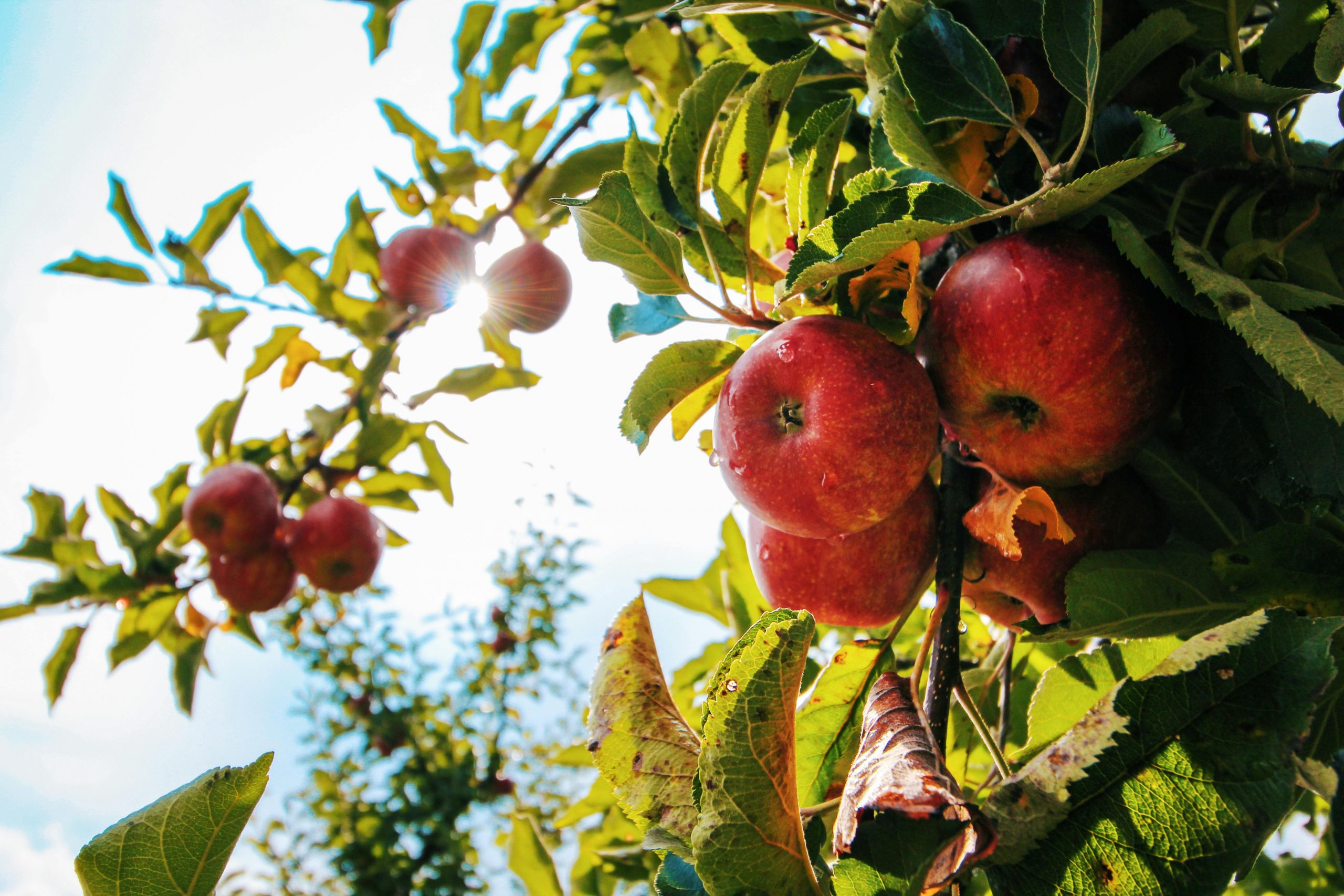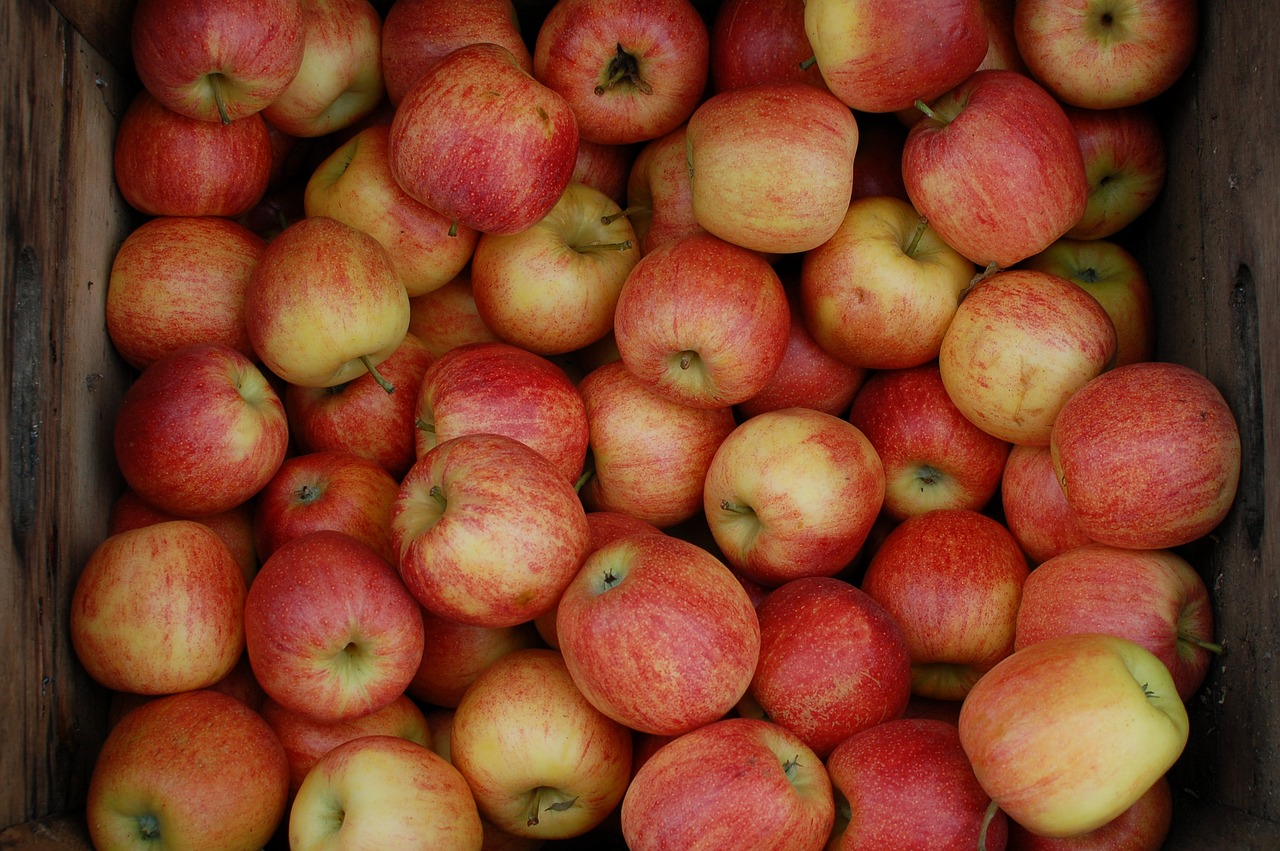
This year's apple harvest in Hungary is expected to be well below last year's levels.Continue reading

The drought has also affected apple orchards: the Hungarian Chamber of Agriculture and the FruitVeB Hungarian Interprofessional Organization for Fruit and Vegetable estimates that this year’s harvest will be around 150,000 tons less than last year, Világgazdaság points out.
The quantity of food-quality apples is expected to be around 90-100,000 tons, while industrial apples will be 220-240,000 tons, although the market for domestic table apples is estimated at 110,000 tons and the processing industry has a capacity of 400,000 tons. Fruit sizes are also below normal due to drought and heat.
Preliminary expectations are that the harvest will be weaker than last year, with only 330,000 tons expected, but the actual harvestable quantity may still be influenced – even significantly – by the weather during the harvest period.
In the best case scenario, the harvest could exceed 350,000 tons, while in the worst case scenario, the actual harvest will be less than 300,000 tons.
In Hungary, apples are grown on 20,560 hectares. The fruit is also produced in the counties of Heves, Borsod-Abaúj-Zemplén, Jász-Nagykun-Szolnok and Zala, but the most important production area is still Szabolcs-Szatmár-Bereg county, with a total of 15,140 hectares of apple orchards.

Photo: Pixabay
In addition to the production of table apples, industrial apples are even more important in the county. The season has started unusually early this year, and almost all processing plants have started buying apples, as early spring means the fruit ripens earlier. Even the oldest growers and professionals cannot remember a year when the harvest could have started in early August. The well-known and popular Jonathan variety will also ripen much earlier, therefore harvesting can start in early September instead of October.
Prices for cider apples may be more favorable than in the past: the net buying price for cider apples is currently HUF 75-80 (EUR 0.19-0.20) per kilo, almost double last year’s price.
A producer price increase of 25-35% is also expected for table apples.
The EU as a whole is expected to have a weaker than average harvest of 10.2 million tons instead of 11.5 million tons. Polish apples account for almost a third of EU production, but this year there could be a shortfall of up to 1.5 million tons (3.2 million tons instead of 4.5 million tons), which will certainly be reflected in buying prices. In addition, orange plantations, which supply most of the world’s drinking juice, are also facing serious plant health problems, with a significant shortfall of oranges, which will also improve market demand for apple concentrate and juice to replace them.
Today, Idared is still the dominant variety in Hungary. The cultivation and yield reliability of this variety are probably the best suited to our climatic conditions, it stores well and is popular for its large size and color. However, the range of varieties is still very wide, with Gala, Golden Delicious, Red Delicious and Jonagold and Idared being popular, but there is a growing range of new varieties to add to the selection.
However, the cultivation of new varieties requires new technologies and new areas, and many of the old plantations need to be renovated.
New EU tenders could encourage investment. The horticulture sector is facing unprecedented opportunities thanks to the government’s record national contribution. The CAP Strategic Plan horticultural planting tender will provide the sector with more than EUR 25 billion in support, while a further EUR 50 billion is available for cold storage, greenhouses, and film-covered greenhouses.
Via Világgazdaság; Featured image via Pexels